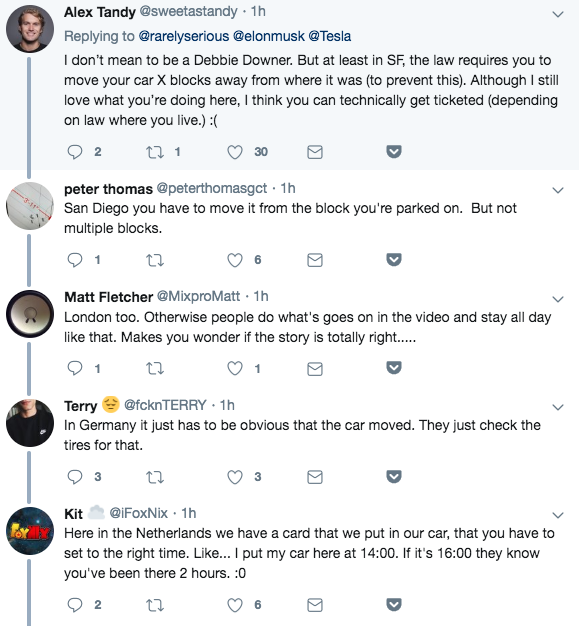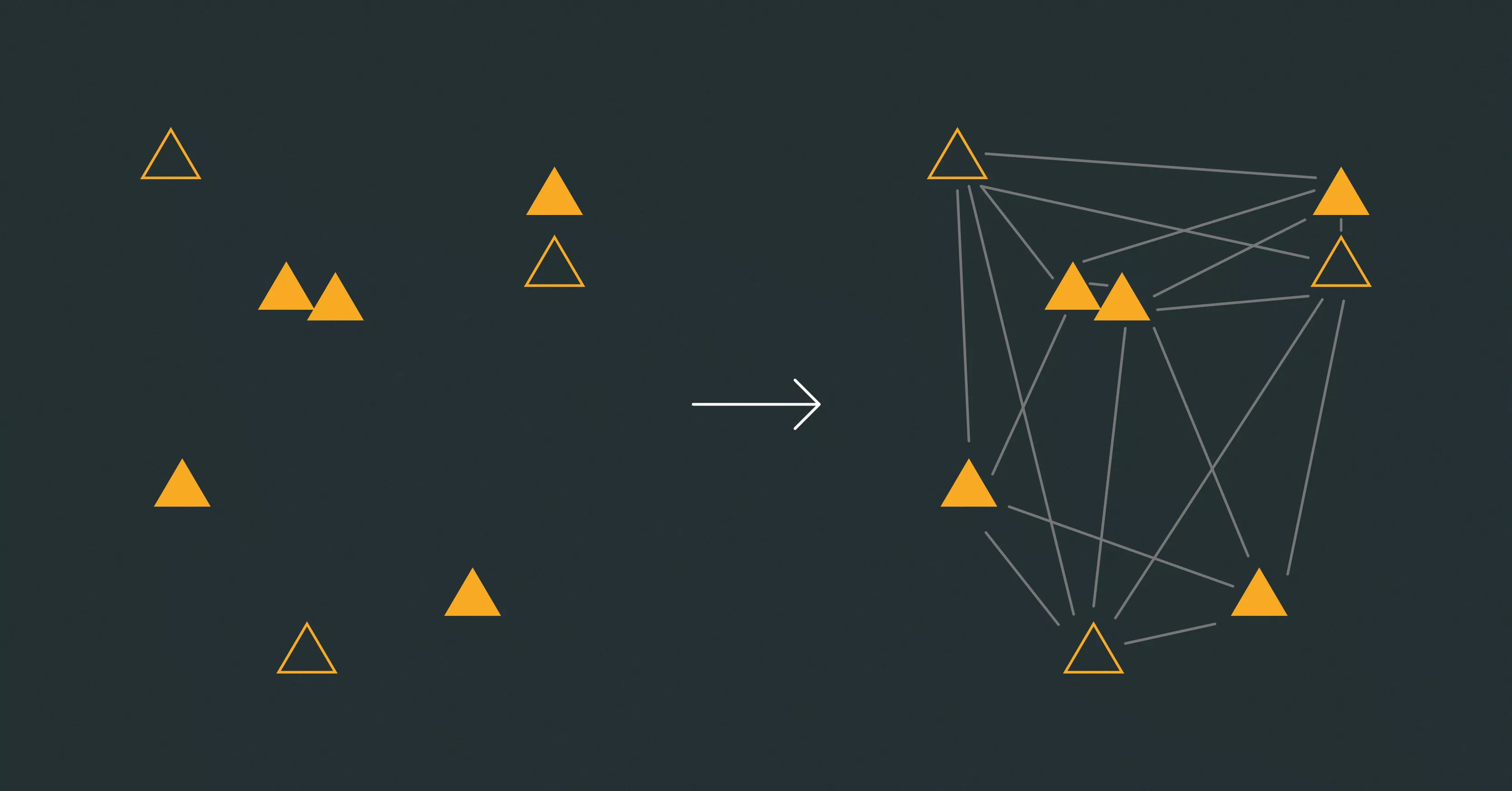What Happened to Systems Thinking?
One fine day in a land called Twitter, someone posted a short video clip of their car moving itself from one parking space to an adjacent space. They said their city had imposed a 2-hour limit on parking, so they were using a special feature of the car to move it without leaving their office. The video appeared to have been shot through a second-storey window overlooking the street.
Elon Musk thought it was cool, and he posted an explanation of what we were seeing in the video:

Other people thought it was cool, too, but they expressed other concerns

No one on the Twitter thread saw the macro picture; or at least, no one mentioned it: Why are cities dealing with insufficient parking by limiting the time people can park? With a 2-hour parking limit in a city full of companies running 8-hour work days, what do the city officials think will happen to their local economies?
In many large cities, there are more vehicles than parking spaces. Forcing everyone to play musical chairs with their cars every two hours all day long is likely to result in office workers who are only able to get in an hour or two of work each day (not everyone has a car with automatic parking, you know). The rest of the day they’ll be driving around searching for parking spaces; a task that could well require an hour each time.
In cities that require moving the car a significant distance when re-parking, people will have to walk to and from their offices multiple times per day, sometimes in bad weather. Even when they canwork, their morale, energy, and focus will be at low levels. Apart from wasted time, starting and running the engines (not everyone has an electric vehicle, you know) generates additional carbon emissions for no good reason.
One of the cities mentioned in the thread is San Francisco, California. That’s a city that has become famous for creating a societal division between the Haves and the Have Nots, wherein the Have Nots eke out a meager living by running errands for the Haves, who summon their servants via smart phone apps to go and fetch food and other things. The Haves will soon summon servants to re-park their cars, or else to drive them around and around until quitting time, deepening the divide and weakening society as a whole.
Who Dreams up These “Solutions”, Anyway?
City officials should understand that if they have a shortage of parking spaces, it’s because of policies they implemented. It isn’t a random act of Nature. They passed laws allowing too much construction and too much population density in too small an area, and to favor commercial buildings over residential ones, leaving workers with nowhere to live except the suburbs. This is no doubt driven by a desire to collect the maximum amount of corporate tax they can possibly squeeze out of the available land.
Imposing a short time limit on parking is no solution. It’s another problem. It could lead to a whole bunch of additional problems, too.
But the single underlying problem is a lack of systems thinking. City officials merely react to whatever issues people are waving in front of them without reasoning through the potential consequences. And individuals do the same as they create work-arounds to enable themselves to get through the day: Those whose cars can park themselves turn the smart cars loose on the street; those who don’t create apps to summon Have Nots to go chase parking spaces, wreck the environment, and divide the society. They all congratulate themselves on their cleverness. And everything gets worse.
So What?
Wait a minute…isn’t this blog associated with a company that does organizational transformation to achieve business agility? And isn’t this post nothing more than a personal rant by someone who doesn’t like the 2-hour parking limit?
Well, yes and no, in that order.
Without it, we end up creating point solutions that have more side-effects that we can even imagine.
How many “agile” or “lean” transformations have you seen in which people shoe-horned some “framework” into place without applying systems thinking to the problem? When success is measured in terms of how closely the organization conforms to the dictates of the “framework,” and not in terms of business outcomes, how good is the actual result?
Implementing a “framework” in that way is similar to “solving” a parking shortage by forcing people to run around re-parking their cars all day. It’s futile at best and destructive at worst.
How about we examine the needs of the enterprise and assess its current state, and then map out a path to a more-effective end state? Wouldn’t that be better than jumping on the latest “framework” to come along? Do you think that could work?



Comments (6)
Anders Nygaard
Seems to me that it is you who suffer from a lack of systems thinking.
Have you considered that what you call “shortage of parking spaces” may in fact be a deliberate policy to encourage people to use other means of transportation than a car (or, given that you are in the anti-public transport USA, at least car pool) in order to reduce emissions and stop the large amount of cars from wrecking the environment?
Srikanth Ramanujam
The first steps in organizations shoehorning Agile or Lean is not Systems Thinking, but just thinking. If they learn to think and to be curious and ask the simple question that Deming used to ask “How do you know?”… “How do you know?”, then obviously the people who are relevant and at the top will learn from that thinking that they need to be Cognitively informed for their survival.
That should start the journey of Customer centricity, Employee centricity, System Thinking, Complexity adaptive thinking, innovativeness, productization, enabling humans, learning, servant leadership, strategic agility, and whatever s#!t they require to build a system that survives, thrives and build resilience to answer why they should exist today, tomorrow and in the future.
Back to one simple start…. curiosity, some deep thinking and the desire to learn!
Bernhard Sterchi
Time for my all time favourite system thinking question: what is the question no-one is asking? In this case: why do we depend so heavily on cars?
Joshua Render
Your parking example is another fine example of trying to solve a problem without considering for a moment the people involved, what those people need to do, and how those people may react in a given situation.
You have the rules in place. If they don’t fit the people well, a shadow system develops. This applies to organizations as well. There are the rules, then there is what people actually do. The problem with the shadow system is that the system is set up to work for the rules and it doesn’t account for the shadow system. In your parking example, this creates shadow system scenarios with people having to leave work frequently to repark their cars, costing businesses lost productivity.
Jan
How about public transport? The whole idea of imposing limits is to try influence people to change their habits.
Leave car at home, use public transport.
Robert El Hussein
Dave, your observation “lack of systems thinking” hits the nail on the head. This problem happens in every field, be it in parking, IT, business or in daily life. People like to think linear, and not in systems. But we must also say that systems thinking is hard, and doesn’t come naturally to most people.